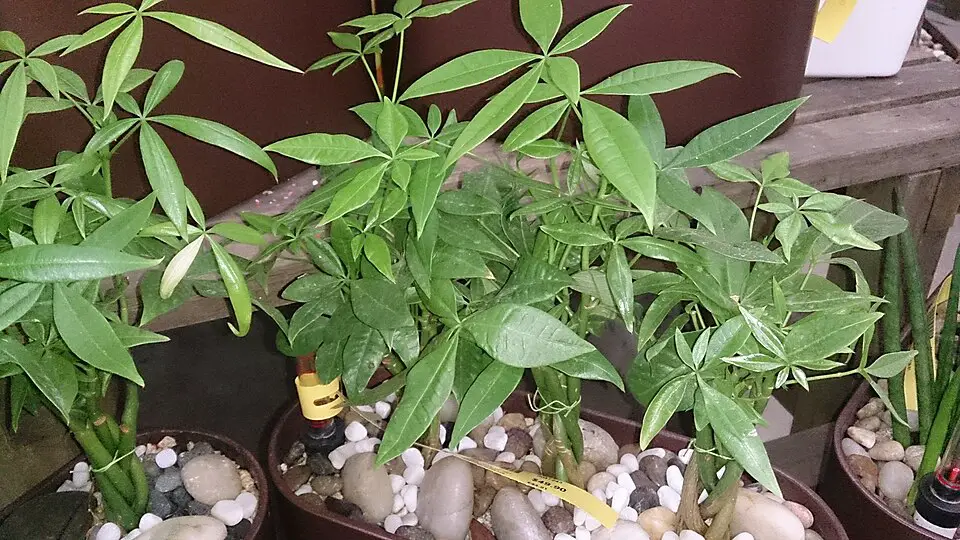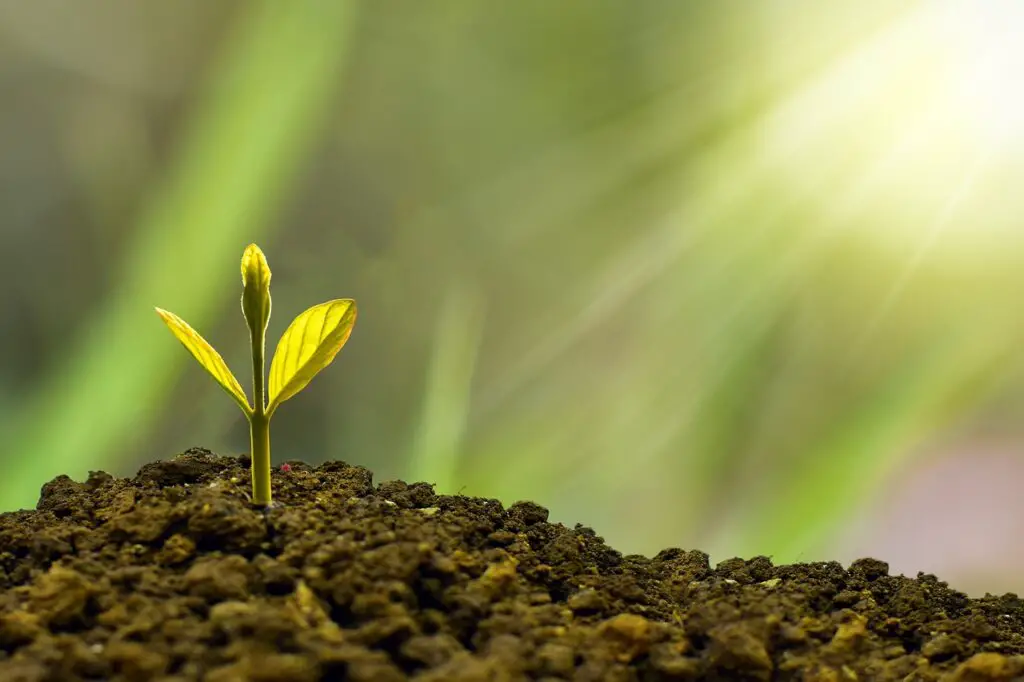Cedar mulch is a popular choice among gardeners, known for its aesthetic appeal and potential benefits. However, its effectiveness can vary, sparking debate about whether it truly helps or harms garden health.
Cedar mulch comes from the wood of cedar trees, which are known for their durability and natural resistance to decay. Gardeners often use it to enhance the visual appeal of flower beds and vegetable gardens. Beyond aesthetics, cedar mulch is believed to provide benefits like moisture retention and weed suppression. However, some concerns have emerged regarding its impact on soil health and plant growth.

To better understand cedar mulch, it’s essential to consider its properties and how it interacts with the garden environment. Cedar contains oils that give it a distinct aroma, which can deter some pests. This attribute is one reason many gardeners prefer it over other types of mulch. However, these same oils can also affect certain plants negatively if used excessively.
Benefits of Cedar Mulch
Cedar mulch offers several advantages that can positively influence garden health when used correctly. Here are some key benefits:
- Moisture Retention: Cedar mulch can help keep soil moisture levels stable, reducing the need for frequent watering.
- Weed Suppression: A thick layer of cedar mulch can inhibit weed growth, allowing plants to thrive without competition for nutrients and light.
- Pest Deterrent: The natural oils in cedar can repel certain insects, making it a preferred choice for organic gardening.
- Aesthetic Appeal: With its rich color and texture, cedar mulch enhances the visual beauty of gardens.
Despite these benefits, it’s crucial to apply cedar mulch correctly to maximize its positive effects while mitigating any potential downsides.
Potential Drawbacks of Cedar Mulch
While cedar mulch has many advantages, there are also potential drawbacks that gardeners should consider. Understanding these can help make informed decisions about its use:
- Soil Acidity: Cedar can contribute to soil acidity over time, which may not be suitable for all plants.
- Nutrient Depletion: As cedar mulch decomposes, it may draw nitrogen from the soil, which can negatively impact plant growth if not monitored.
- Allergenic Reactions: The aromatic oils may cause allergic reactions in some individuals when used in large quantities.
These potential issues highlight the importance of balance when using cedar mulch in gardening practices. It’s essential to monitor plant health and soil conditions regularly to ensure that the benefits outweigh any adverse effects.

Ultimately, the decision to use cedar mulch should take into account the specific needs of the garden, including plant types and local environmental conditions. By understanding both the benefits and drawbacks, gardeners can make choices that support healthy growth and vibrant landscapes.
How to Properly Use Cedar Mulch in Your Garden
To maximize the benefits of cedar mulch while minimizing potential drawbacks, proper application techniques are essential. Understanding how to use cedar mulch effectively can lead to healthier plants and a more vibrant garden.
Choosing the Right Type of Cedar Mulch
Not all cedar mulch is created equal. When selecting cedar mulch, consider the following factors:

- Shredded vs. Chips: Shredded cedar mulch is finer and breaks down more quickly, while cedar chips are larger and last longer. Choose based on your gardening needs and aesthetic preferences.
- Color and Scent: Fresh cedar mulch has a strong aroma, which can deter pests. Look for high-quality mulch with a deep color that indicates it is fresh.
- Organic Certification: If you are an organic gardener, ensure that the cedar mulch is sourced from organic practices to avoid chemicals that can harm the soil ecosystem.
Application Techniques
The way cedar mulch is applied can significantly affect its function in the garden. Follow these best practices for application:
- Prepare the Area: Clear the area of weeds and debris before applying mulch. This step helps prevent competition for nutrients.
- Lay a Barrier: Consider using landscape fabric beneath the mulch to further suppress weeds while allowing water and nutrients to pass through.
- Apply at the Right Depth: A depth of 2 to 4 inches is generally sufficient. Too much mulch can suffocate plant roots and cause moisture retention issues.
- Avoid Piling Against Stems: Keep the mulch a few inches away from plant stems and trunks to prevent rot and fungal diseases.
Maintaining Cedar Mulch
Regular maintenance is crucial for ensuring that cedar mulch continues to provide benefits to your garden. Here are some tips for keeping your cedar mulch in optimal condition:
- Monitor Depth: As the mulch breaks down over time, check its depth regularly and replenish as necessary to maintain an effective layer.
- Watch for Compaction: Cedar mulch can compact, reducing its effectiveness. Turn or fluff the mulch occasionally to allow air circulation.
- Inspect for Mold or Fungi: If mold or fungi appear, it may indicate excessive moisture or poor drainage. Adjust watering habits accordingly.
Combining Cedar Mulch with Other Techniques
Cedar mulch can be most effective when combined with other gardening techniques. Here are some methods to consider integrating with your mulching strategy:
- Companion Planting: Pair cedar mulch with companion planting to enhance plant health and deter pests naturally.
- Crop Rotation: Rotate plants annually to prevent nutrient depletion and soil acidity issues associated with cedar mulch.
- Regular Soil Testing: Conduct soil tests periodically to monitor pH levels and nutrient availability, ensuring that your garden remains balanced and healthy.
By employing these application techniques and maintenance tips, gardeners can effectively harness the advantages of cedar mulch while mitigating any potential negative effects. The thoughtful use of this natural resource can contribute significantly to the overall health and beauty of gardens.
Environmental Impact of Cedar Mulch
When considering the use of cedar mulch, it’s important to examine its environmental impact. While it offers several benefits for gardens, there are also ecological considerations that gardeners should keep in mind.

Source Sustainability
The sustainability of cedar mulch largely depends on how it is sourced. Here are some factors to consider:
- Harvesting Practices: Sustainable harvesting practices ensure that cedar trees are not over-exploited. Look for mulch suppliers that practice responsible forestry management.
- Cedar Species: Different species of cedar may have varying levels of sustainability. Research the type of cedar used in the mulch to ensure it is not endangered or overharvested.
- Local Sourcing: Purchasing locally sourced cedar mulch reduces carbon emissions associated with transportation and supports local economies.
Impact on Biodiversity
The use of cedar mulch can influence local biodiversity in several ways. Understanding these impacts can help gardeners make informed choices:
- Habitat for Beneficial Organisms: Cedar mulch can provide shelter for beneficial insects and microorganisms that contribute to soil health.
- Pest Control: The natural oils in cedar may deter harmful pests, which can be advantageous for maintaining a balanced ecosystem in the garden.
- Potential Negative Effects on Some Species: While many plants thrive with cedar mulch, some may be adversely affected due to increased acidity or nutrient competition.
Cedar Mulch and Soil Health
Cedar mulch interacts with soil health in various ways. Understanding these interactions can help gardeners optimize their use of mulch for the benefit of plants and soil organisms.
Nutrient Cycling
The decomposition of cedar mulch can impact nutrient availability in the soil. Consider the following aspects:
- Carbon-to-Nitrogen Ratio: Cedar has a high carbon-to-nitrogen ratio, which means it may require additional nitrogen to decompose effectively. This process can temporarily tie up nitrogen in the soil.
- Encouraging Microbial Activity: As cedar mulch breaks down, it fosters microbial activity, which is essential for nutrient cycling. Healthy microbial populations can enhance soil structure and fertility over time.
pH Level Considerations
The use of cedar mulch can influence soil pH levels, which is a critical factor for plant growth. Here’s how:
- Acidic Conditions: Cedar mulch tends to acidify the soil as it decomposes. This change may benefit acid-loving plants, but it can be detrimental to others that prefer neutral or alkaline conditions.
- Monitoring Soil pH: Regular soil testing is essential to track pH changes and adjust gardening practices accordingly. Amendments may be required to maintain optimal pH levels for specific plants.
Alternatives to Cedar Mulch
If concerns arise regarding the use of cedar mulch, several alternatives exist that provide similar benefits without some of the drawbacks. Here are a few options:
- Pine Bark Mulch: Like cedar, pine bark is durable and provides good moisture retention while being less acidic.
- Wood Chips: Various types of wood chips can be used as mulch, offering a similar aesthetic appeal and functionality.
- Straw or Hay: Organic materials like straw or hay break down faster but enrich the soil as they decompose, improving overall fertility.
- Compost: Using compost as a top layer enhances soil health and provides nutrients while suppressing weeds.
Each of these alternatives has unique properties and benefits. Gardeners should choose based on their specific needs and environmental considerations. Understanding these options allows for more informed decisions regarding garden mulching strategies.
Evaluating the Cost-Effectiveness of Cedar Mulch
When deciding on using cedar mulch, cost-effectiveness is an important factor to consider. Cedar mulch can be more expensive than other types of mulch, but its benefits may justify the investment for many gardeners.
- Longevity: Cedar mulch generally lasts longer than many organic mulches due to its natural resistance to decay. This durability can reduce the frequency of replacement, making it a cost-effective choice over time.
- Reduction in Watering Needs: By helping to retain soil moisture, cedar mulch can decrease the amount of water needed for irrigation. This can lead to savings on water bills, offsetting initial costs.
- Pest Control Advantages: The natural pest-repelling properties of cedar mulch can reduce the need for chemical pest control methods, providing savings in both time and money.
While the upfront cost may be higher, the long-term benefits can make cedar mulch a worthwhile investment for those looking to maintain a healthy garden ecosystem.
Innovative Uses for Cedar Mulch
Beyond traditional gardening uses, cedar mulch has a variety of innovative applications that can benefit homeowners and landscapers alike:
- Pathways and Walkways: Cedar mulch can be used to create attractive pathways in gardens that are both functional and visually appealing.
- Play Areas: Its softness makes cedar mulch an excellent choice for covering play areas, providing a safe surface for children.
- Decorative Landscaping: Cedar mulch can enhance landscaping designs by providing a uniform color that complements various plants and flowers.
These alternative uses highlight the versatility of cedar mulch beyond its traditional roles in garden beds and landscaping.
Final Thoughts
The decision to use cedar mulch in your garden involves weighing its benefits against potential drawbacks. It offers moisture retention, weed suppression, and pest deterrence, making it a valuable resource for many gardeners. However, considerations such as soil acidity, nutrient depletion, and cost should also be taken into account.
Gardeners should remain vigilant about monitoring their plants’ health and soil conditions to ensure that cedar mulch serves their gardening goals effectively. Exploring alternatives such as pine bark, wood chips, straw, or compost can also provide viable options tailored to specific gardening needs.
Ultimately, understanding the intricacies of cedar mulch can empower gardeners to make informed choices that support vibrant and healthy gardens. Continued research and adaptation will allow for the successful integration of cedar mulch or its alternatives into sustainable gardening practices.
As you embark on your gardening journey, consider these insights and approaches. Whether you choose cedar mulch or another option, the key is to create an environment that fosters growth and beauty in your garden.
